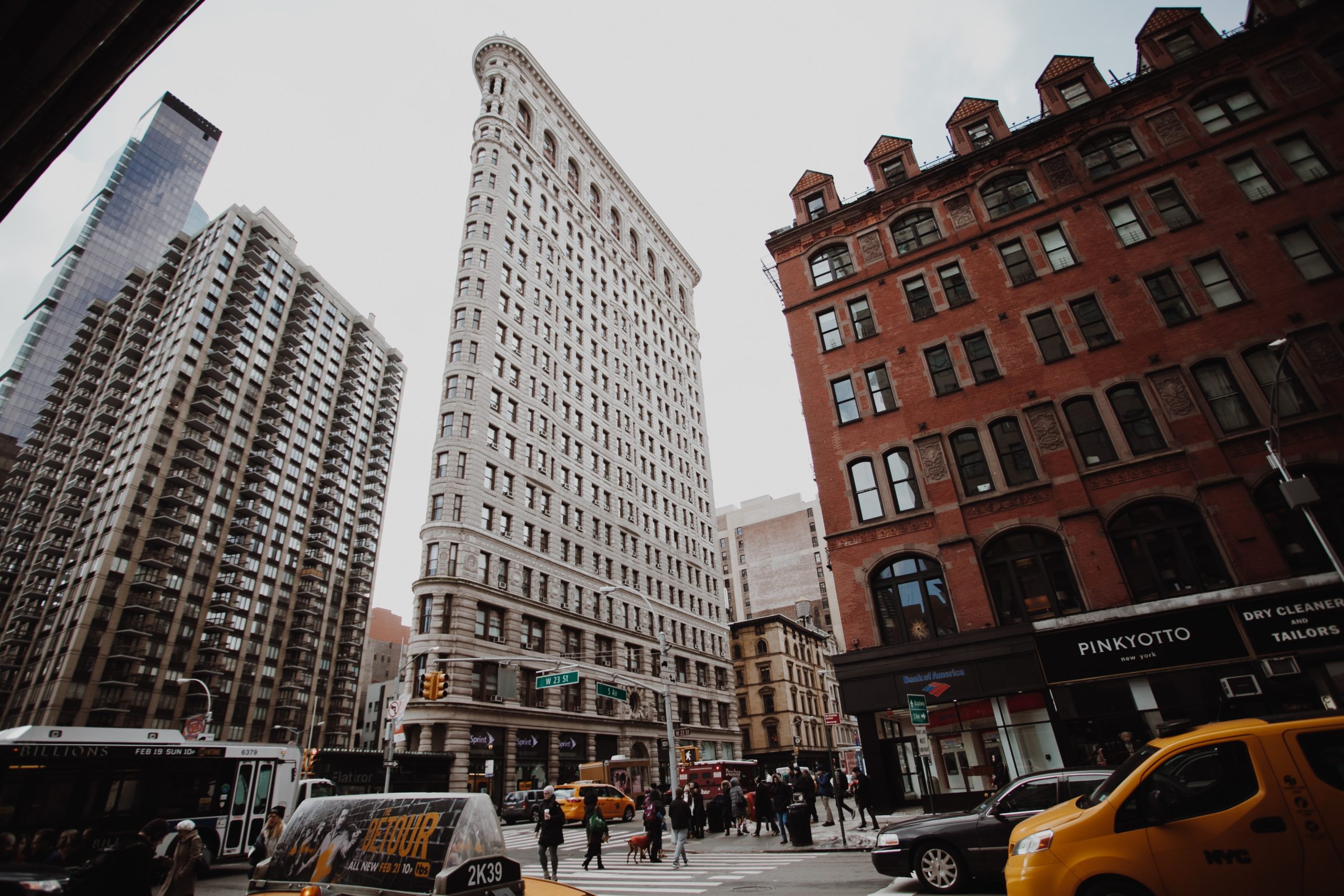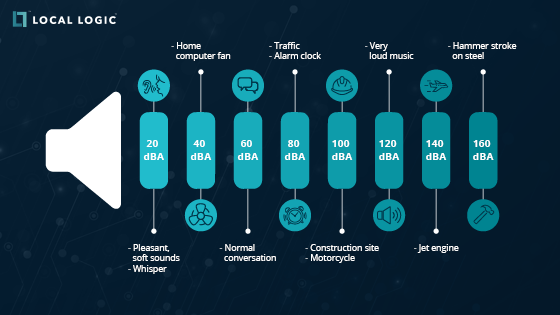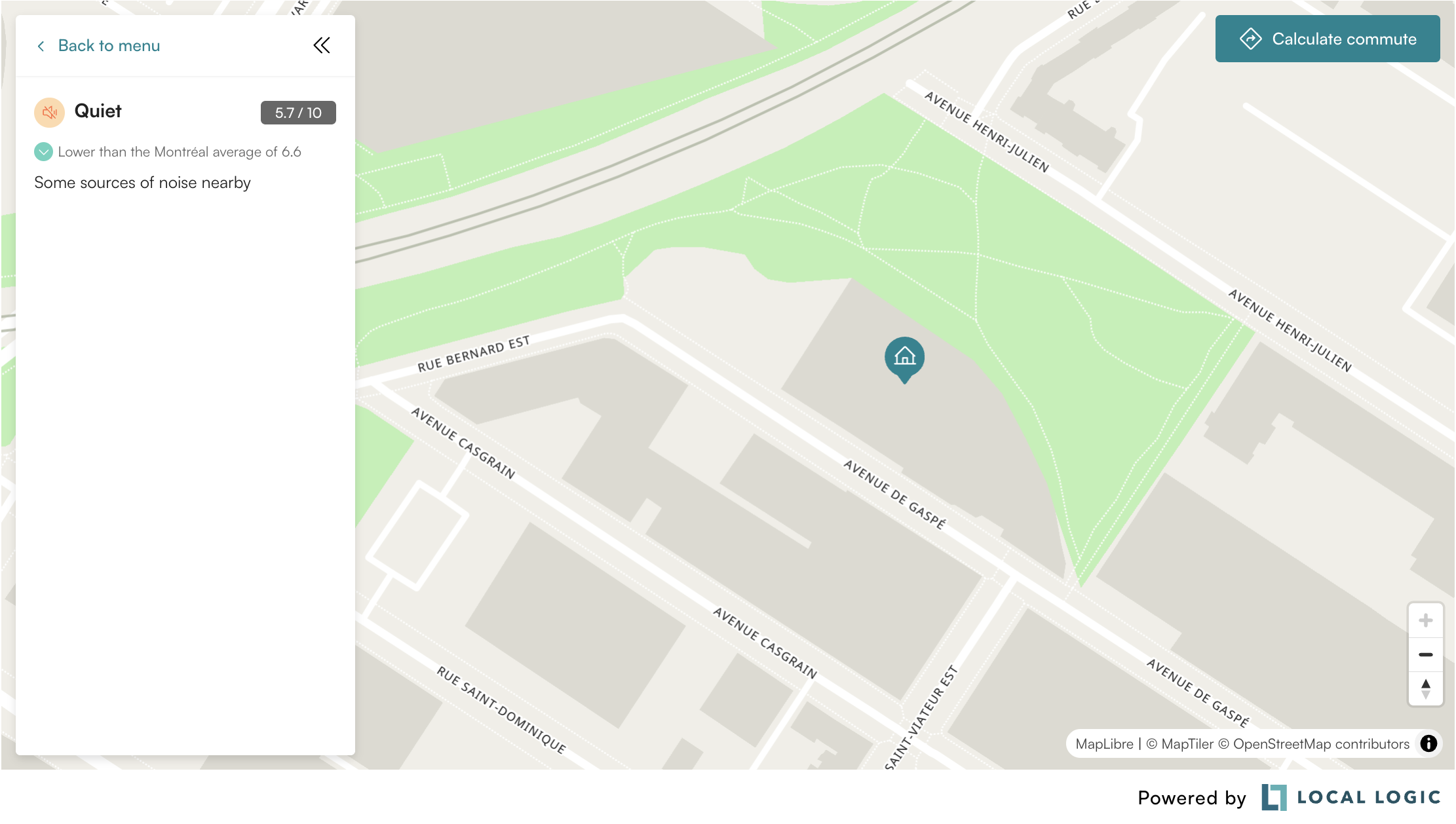Windermere Real Estate Partners with Local Logic to Power Hyperlocal Consumer Engagement Across the Home Search Journey
Partnerships
| 03 Sep 2025

This article has been updated with new information since its original publishing date.
A few weeks ago, I nearly lost my mind. All day, every day, all I could think about was the shrill, insistent alarm beeping at 3-second intervals somewhere down the street. It turned out to be a faulty mouse-repellent device that someone hadn’t bothered to fix when it went haywire. I’m pretty sure that this tiny nuisance spiked the blood pressure of every person on my street for a week.
So goes city life. In most neighborhoods, urban living means noisy living. At any time of day, you can hear the rush of traffic, the clanging of construction, and the chatter of pedestrians walking past your window. The United Nations (UN) estimates that 60% of the world’s population will live in a city by 2030. Even without realizing it, most of us will be exposed to dangerous levels of noise pollution.
The majority of sounds we are exposed to every day are harmless. But some of them can exceed safe listening levels, causing damage to our ears. A blending machine, a passing subway train, earsplitting power tools, or a loud concert may come to mind. Using earbuds or headphones to listen to music can also be harmful if the volume is too high.
These unwanted and unpleasant sounds with health ramifications are called noise.
Noise levels are measured in decibels (dB) — the louder the noise, the higher the decibels. However, humans do not hear all frequencies equally. Decibels are adjusted to human hearing using A-weighted decibels (dBA) which is a modified measurement of noise that considers the varying sensitivity of the human ear to different frequencies of sound.
The average person can begin to hear a sound when it rises above zero dBA, and the human ear perceives each increase of 10 dBA to be twice as loud.
According to the National Institute of Health (NIH), sounds at or below 70 dBA are usually safe, while a few hours of exposure to 85 dBA will cause physical discomfort and harm your hearing.

In general, noise will affect your hearing quicker as it gets louder.
If you live on a busy city street, you’ll likely experience a decibel level somewhere in the 60s and 70s. That’s a safe zone, but exposure to any sound over 85 dBA will put you at risk of temporary or permanent hearing loss. Now consider common city noise from sources like motorcycle engines (95 dBA), construction (100 dBA), nightclubs (110 dBA), and passing sirens (120 dBA). Unless you live in a remote area, it’s difficult to avoid damaging noise pollution.
According to the World Health Organization (WHO), “noise pollution is considered not only an environmental nuisance but also a threat to public health.” Noise exposure can take a toll on our physical and mental health with noise pollution being linked to the following risks:
Noise-induced hearing loss (NIHL) develops slowly over several years from exposure to continuous or intermittent loud noise.
Hearing loss may be temporary — most people have experienced some degree of short-term NIHL. However, constant exposure can result in permanent damage as excessive noise causes repeated pounding against the nerve fibers of your inner ear. Noise exposure can also lead to tinnitus, an ear condition in which a constant ringing, buzzing, or roaring can be heard.
Studies have found that living in noisy communities can increase the risk of elevated blood pressure and that noise from your environment can lead to arterial hypertension, myocardial infarction, heart failure, and stroke. Therefore, people who experience high levels of urban noise from living in busy neighborhoods are more likely to develop heart disease.
Chronic sleep disruption can lead to a perceived decrease in quality of life. Even if you don’t wake up in the middle of the night, noise can disturb your sleep quality. While you’re sleeping, your brain processes sounds that are picked up by your ears. If you live in a noisy location, your sleep will be more fragmented and less restorative.
Stress can accumulate as a result of undesired sounds. Even noise that may not be harmful can make us tense and angry. If a dripping faucet in the middle of the night is hard to ignore, imagine more intrusive sounds! Constant irritation caused by noise can lead to poor concentration, disruption, and productivity losses.
If your body perceives noise as a threat, it can release stress hormones even while you’re sleeping. As a result, people living in busy areas may experience increased stress levels due to persistent noise, regardless of the time of the day.
A study published by Environmental Health Perspectives found that people who live in areas with increased traffic noise were 25% more likely to suffer from depression than those living in quieter neighborhoods. Researchers from Noise and Health also found that an increase in aircraft noise of 10 dBA was associated with a 28% increase in anxiety medication use in people living near major airports.
Quality of life finds its root in the notion of well-being, which includes happiness, comfort, security, and health. Noise pollution can adversely affect all these aspects, so for those living or working in noisy environments, their well-being may be threatened.
With 48 million Americans suffering from hearing loss, the relationship between acoustic environments and quality of life has never been more critical. NIHL can be a result of prolonged exposure to loud sounds like those generated by heavy road traffic or construction — which most city dwellers in busy neighborhoods are exposed to on a daily basis.
As a source of stress, noise is the reason many of us are not waking up rested or can feel tense at any given moment. Hearing sirens or jackhammers down the street makes it difficult to enjoy time at home, snuffing out any moment of relaxation.
Each individual also perceives and experiences noise differently, with varying sensitivity and tolerance, which makes it hard to quantify its effects. For example, introducing noise into a quieter environment can be more harmful to the people living there since they aren’t used to the sudden change in noise levels.
While noise can be damaging, it also creates an appreciation for quiet. When quiet comes to mind, you often think of calm, tranquility, and peace — something to look forward to after a hectic day. In addition to countering the effects of noise, quiet environments have a positive impact on our quality of life by facilitating the restoration of health.
The solution to reducing the harmful effects of noise on our quality of life is to minimize our exposure by avoiding environments that are too noisy.
A study suggests that reducing environmental noise by 5 decibels would lower hypertension prevalence in the U.S. by 1.4% and coronary heart disease by 1.8%, resulting in estimated annual healthcare savings of $3.9 billion.
Cities like Toronto, whose public health department released a report raising the alarm about its dangerous levels of noise pollution, have also started to factor noise into decisions surrounding building codes, planning requirements, and traffic management.
A key component of protecting ourselves from the negative health effects of noise is prevention. Choosing a living location with minimal noise disruption is the best way to do so. Besides affecting property values, noise levels also impact your quality of life, well-being, and health.
Local Logic’s Quiet score measures the level of noise nearby based on street segments — providing precise location insights. While noise level is typically subjective, our Quiet score allows you to quantify how quiet a neighborhood is.
Noise levels for specific locations are displayed on a scale of 1-to-10 and a heat map of your city or neighborhood will soon be available. When comparing different locations, this type of insight can help you assess the level of noise that you are comfortable with.

Local Logic’s Quiet score as shown on Local Content
Additionally, when you pair the Quiet score with our Wellness score, which measures the presence of healthy points of interest nearby (e.g. fitness facilities, healthy restaurants, and parks) and how pedestrian-friendly the location is, you can get a fuller picture of how a location adds to your well-being.
We have a total of 18 Location Scores that can help you get a better feel of a neighborhood, from its quietness level to the amount of green spaces. Understanding the environment that surrounds your location of interest allows you to make informed decisions that will have a lasting impact on your well-being.
You wouldn’t choose to live somewhere with terrible air pollution, so why would you put up with noise pollution? The next time you’re in the market for a new place to live, consider the noise around you. The difference between quiet and loud might just be a healthy life.